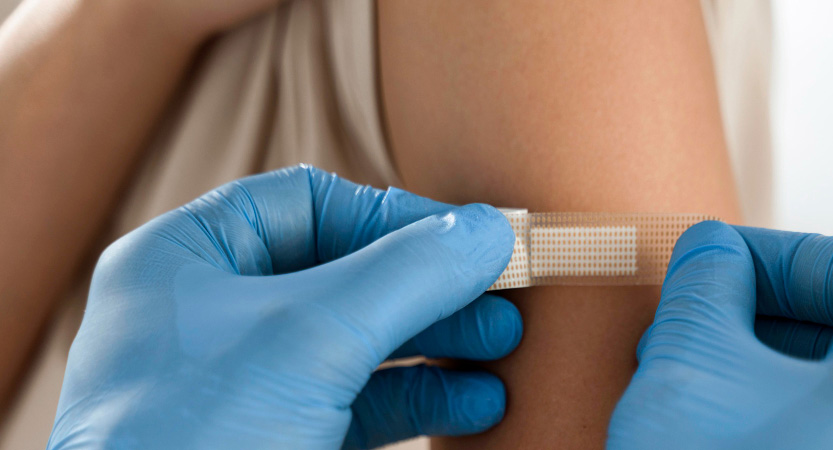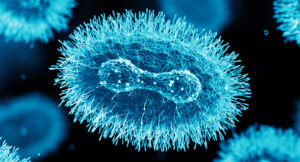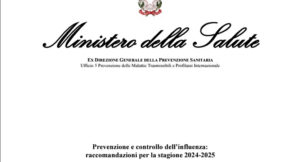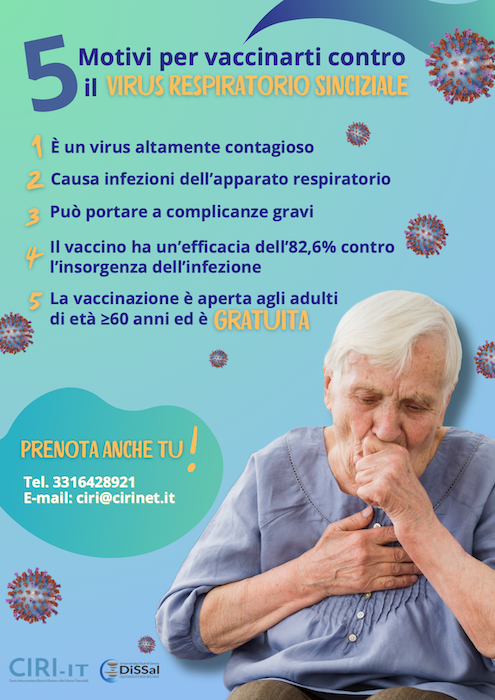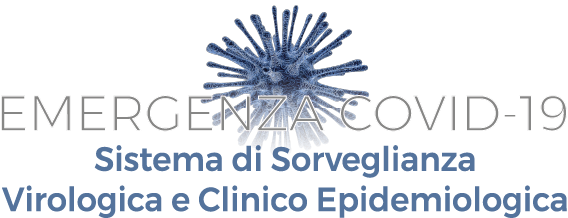Vaccination is the most effective method for preventing influenza. The World Health Organization (WHO) and the Italian National Vaccination Prevention Plan 2023–2025, extended by subsequent acts of the Ministry of Health, have set a minimum vaccination coverage target of 75% and an optimal target of 95% for people over 65 years of age and for at-risk groups.
All influenza vaccines available in Italy have been authorized by the European Medicines Agency (EMA) and/or the Italian Medicines Agency (AIFA). However, not all authorized vaccines are necessarily available on the market. It is up to the manufacturers to decide whether to make one or more of their products available in each market.
Each year, Italian Regions and Autonomous Provinces determine which vaccines will be used in their seasonal vaccination campaigns through public procurement procedures, selecting from the products commercially available.
The antigenic characteristics of influenza virus strains that circulated in the previous flu season form the basis for selecting the strains to include in the vaccine for the following season. The WHO typically issues recommendations on vaccine composition in February, allowing manufacturers to produce the required quantity in time.
Accordingly, at the meeting held on 24th February 2023, the WHO released its recommendations for the composition of the quadrivalent vaccine for the Northern Hemisphere for the 2023/2024 influenza season.
Influenza Vaccines Currently Available in Italy
Inactivated Influenza Vaccines (IIV)
The inactivated influenza vaccines currently authorized in Italy include a mix of split-virus and subunit vaccines. In split-virus vaccines, the virus is rendered non-pathogenic through detergent treatment. In subunit vaccines, the haemagglutinin (HA) and neuraminidase (NA) antigens are further purified by removing other viral components.
Inactivated influenza vaccines can be administered during any stage of pregnancy.
Currently, Italy offers quadrivalent inactivated influenza vaccines (QIV) that contain two type A viruses (H1N1 and H3N2) and two type B viruses.
Unless otherwise specified, inactivated vaccines are produced using viruses grown in embryonated chicken eggs.
Cell-Based Quadrivalent Inactivated Vaccine (QIVc)
QIVc is a quadrivalent influenza vaccine containing two type A (H1N1 and H3N2) and two type B viruses grown in cell cultures. It is authorized for use in children and adults aged 2 years and older.
Adjuvanted Quadrivalent Inactivated Vaccine (aQIV)
One of the quadrivalent vaccines contains the MF59 adjuvant, which enhances the immune response using a smaller amount of antigen. The other inactivated vaccines do not contain adjuvants. This vaccine is indicated for individuals aged 65 and older.
High-Dose Quadrivalent Inactivated Vaccine (hdQIV)
The high-dose vaccine is a split-virus quadrivalent vaccine that includes two type A (H1N1 and H3N2) and two type B viruses, with 60 mcg of haemagglutinin (HA) per virus strain to elicit a stronger immune response and higher effectiveness. It is indicated for people aged 60 and older.
Recombinant Quadrivalent Vaccine (rQIV)
The recombinant quadrivalent vaccine is produced using recombinant DNA technology, which involves producing a viral protein without using the wild-type microorganism, through genetic engineering techniques. It is indicated for individuals aged 18 and over.
Live Attenuated Quadrivalent Vaccine (LAIV)
The LAIV is a quadrivalent live attenuated influenza vaccine administered as a nasal spray. It is authorized for use in individuals aged 2 to 18 years. The influenza strains included in the vaccine are attenuated so they do not cause disease and are cold-adapted and temperature-sensitive, allowing replication in the nasal mucosa but not in the lower respiratory tract.
References
- https://www.vaccinarsinliguria.org/scienza-conoscenza/malattie-prevenibili/influenza
- https://www.trovanorme.salute.gov.it/norme/renderNormsanPdf?anno=2023&codLeg=93294&parte=1%20&serie=null

